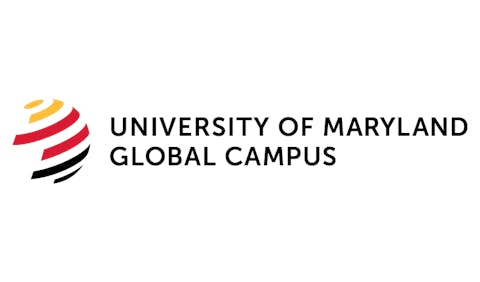No stranger to belt-tightening during tough economic times, presidents from two of Maryland’s historically black colleges attended a public hearing Wednesday to press their case for why the schools need more money.
The hearing came on the heels of a report outlining the financial and technological deficiencies that exist between Maryland’s historically Black institutions and the state’s predominately White institutions.
The report, released by a six-member Panel on the Camparability and Competitiveness of Historically Black Institution in Maryland, acknowledged that Maryland’s HBCUs have long been neglected by the state over past years and called for more state funding to bring the schools on par with the state’s traditionally White institutions. But the chair of the Maryland General Assembly’s Affordability Committee cautioned that any new funding for Maryland historically black institutions would be scarce given the state’s current budget woes.
Little discussion about the state’s budget constraints or the worsening economy – and how each might impact black colleges – came up during Wednesday night’s hearing that lasted two hours.
Dr. Mickey Burnim, president of Bowie State University and Dr. Reginald S. Avery, president of Coppin State University in Baltimore both testified at the hearing.
Sitting in the well-appointed student center of the University of Maryland at College Park, each president talked about dilapidated facilities at the state’s historically black colleges as well as the needs of their respective institutions.
“Programs and facilities are inextricably linked,” Burnim said. “We hope there will be consideration given to the need to re-examine our capital priorities and accelerate capital projects. I believe this is the only way to make the historically Black institutions truly comparable and competitive.”
As a result of the sluggish economy Maryland has implemented hiring freezes for the entire university system. Though little discussion about the state’s economic reality arose, that didn’t stop Avery from linking Maryland’s historically black colleges with the state’s economic recovery.
“We provide access to first generation students,” Avery said. “We want to make sure that our college is affordable and responsive to the needs of students from the urban areas from which we recruit heavily. Improving the universities graduate rate is my highest priority. Providing appropriate attention to preparation, retention and graduation is my highest priority. Historically Black institutions are key to an economically viable Maryland.”
HBCUs across the country have long gotten short-changed when it comes to getting financial support from their respective states.
In North Carolina, for instance, both the University of North Carolina-Chapel Hill and North Carolina State University independently receive more of the state’s appropriation than all five of the states HBCUs, according to a recent report authored by Dr. James T. Minor, assistant professor of higher education at Michigan State University.
Similarly, in the state of Alabama, African Americans make up 26.5 percent of the population and also experience disparities in degree attainment; however African American students make up just 8 percent or 1,883 of the enrollment at Auburn University, which received $228 million in state support in 2007. In the same year, Alabama State and Alabama A&M, the state’s two public HBCUs, collectively enrolled 11,641 African Americans and together received $87 million.
In terms of funding inequities, Maryland’s HBCUs are no exception.
From 1993 to 2002, federal funding for all institutions increased by 40 percent, Minor reports. Federal funding for HBCUs during the same time period increased 24 percent according to a 2005 White House Report on HBCUs.
Recent data show that Maryland’s Historically Black Institutions have been productive beyond their enrollment percentages. In 2006, they accounted for 56 percent of the bachelor’s degrees awarded to African Americans by traditional public four-year campuses; 49 percent of the master’s degrees awarded to African Americans; and 55 percent of the doctorates awarded to African Americans.
This good news is tempered with an uncertain future, however, as whether Maryland’s HBCUs will receive additional state funding remains to be seen. University officials remain positive, noting that HBCUs have always done more with less.
“This is nothing new for us. We are accustomed to belt tightening,” said Clinton R. Coleman, director of communications at Morgan State University.”
Email the editor: [email protected]
Click here to post and read comments
© Copyright 2005 by DiverseEducation.com



















